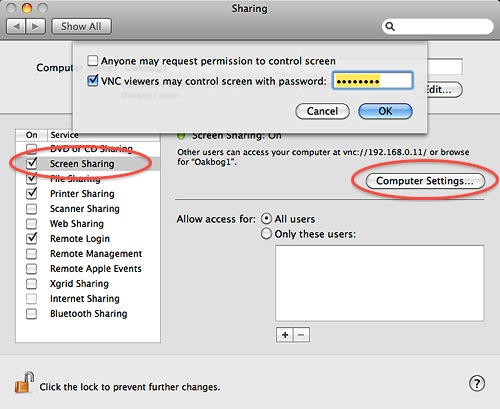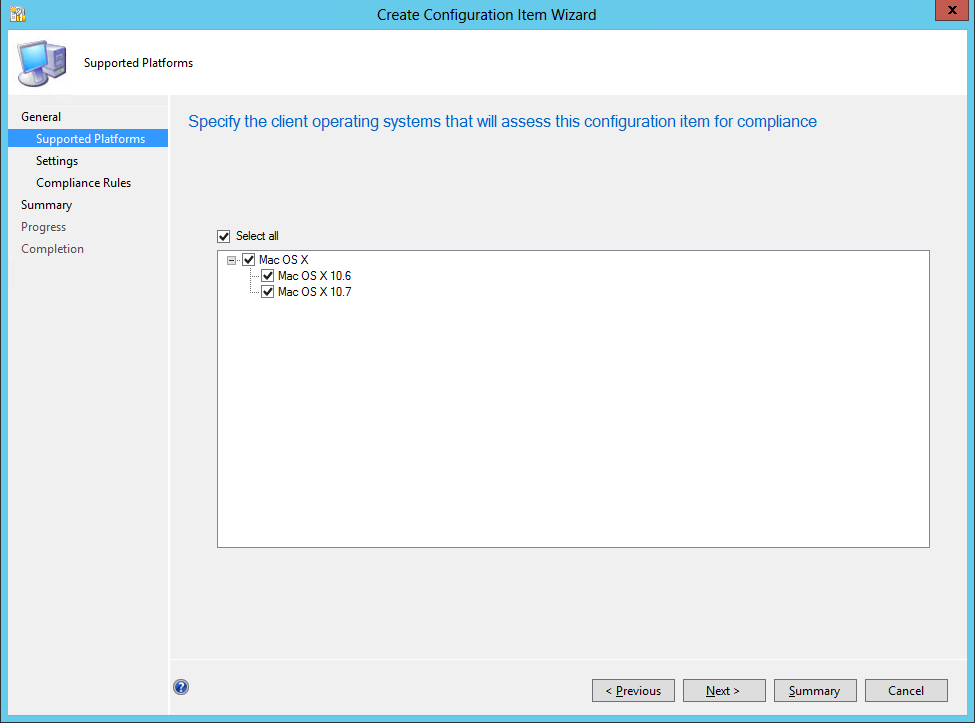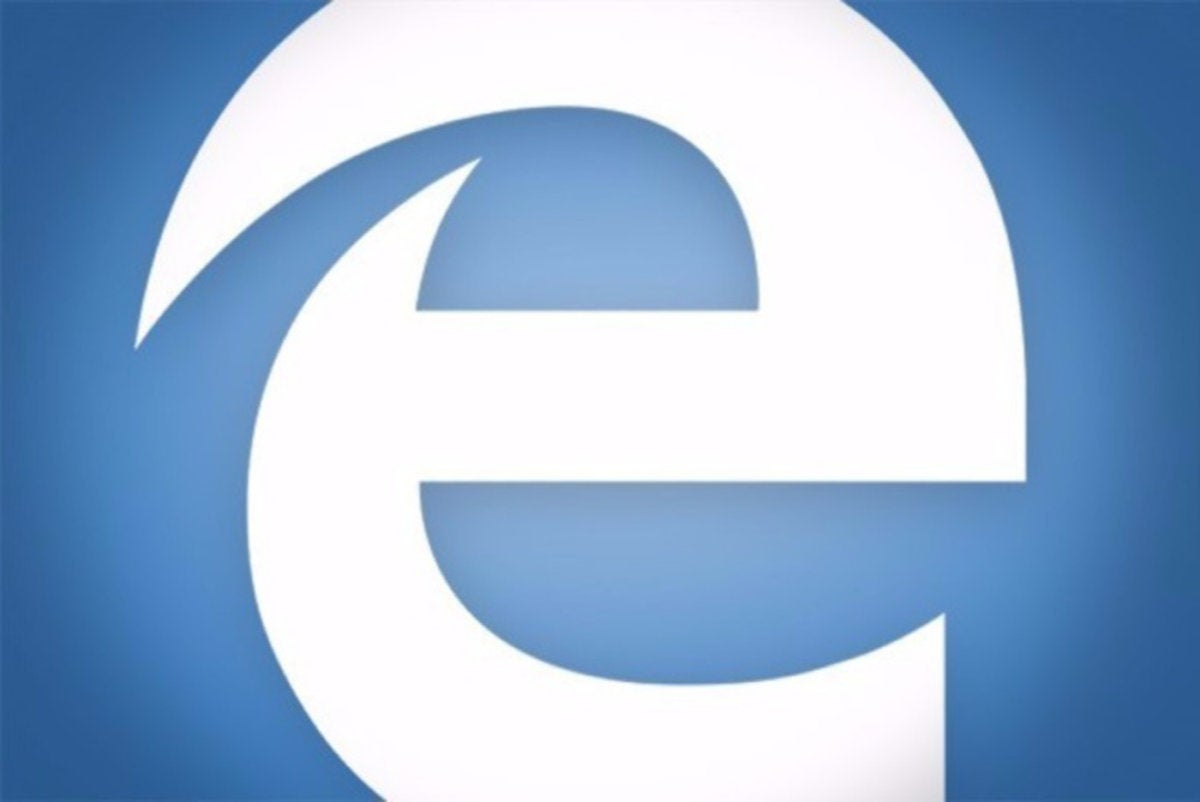

- Preference manager mac how to#
- Preference manager mac for mac os x#
- Preference manager mac install#
- Preference manager mac upgrade#
Finder and Universal Access are also gone in Profile Manager. The Classic managed preference is pretty much no longer needed, so it has been removed.
Preference manager mac install#
Printers are easy enough to install on servers as well.

While this caused some initial heartache, I just ended up taking the app bundle, copying it to the server temporarily and then adding it, whether the application was installed or not. app bundles and install the printers on the server in order to push them out through Profile Manager. Annoyingly, because Profile Manager is a web application, you need to put the. For example, in Workgroup Manager, you can run the Workgroup Manager application on a computer that is not the server and easily add applications and printers to the preference that are not actually installed on the server.

The workflow is a little different in some places. In some cases, you won’t see one, such as disabling Front Row, but you’ll have a cool new one, such as disabling AirDrop in its place. Rather than go through each preference and each setting of each preference, suffice it to say that most are there. Click on it and click on Configure to enable the payload.
Preference manager mac for mac os x#
This is because Applications, Media Access and System Preferences are located in the Restrictions payload for Mac OS X in Profile Manager. Right off the bat, if you’re going in order of those displayed in the Workgroup Manager GUI, you’ll notice that there aren’t any listed for Applications in Profile Manager. I usually start with user groups, then do computer groups, then look for specific computers I may have applied policies to and finally specific users that might have policies attached to them. The screens, by default, for my initial user groups, would look as follows (where there are some managed preferences in Workgroup Manager but not yet in Profile Manager): I also like to be very orderly, choosing to step through the Workgroup Manager list in order, moving each option I have selected in Workgroup Manager over to Profile Manager. This allows me to quickly and easily cut-copy-paste between the two. To get started, I usually like to open a screen with Profile Manager and another with Workgroup Manager, lining them up side by side. Here, I’m just going to look at Workgroup Manager and manually move each preference from Workgroup Manager into Profile Manager. Using Profile Manager and migrating the actual managed preferences from existing tools into Profile Manager I saved for last (after all, you need your infrastructure in place to do this).
Preference manager mac how to#
Not all of these will be applicable to every deployment, but the tasks covered are worth knowing how to do. Moving your managed preferences from Workgroup Manager to Profile Manage (This article, Part 3):.

Get comfortable with building profiles, including the use of Payload Variables:.Make sure to back up the database and if there are a lot of devices, consider automating indexing:.Get comfortable with the database under the hood:.Script enrollment for existing systems (get comfortable with the profiles command, which in a way becomes your eventual replacement for MCX):.Enroll test devices into the new setup, automating enrollment using your imaging solution:.Then integrate Profile Manager with your internal directory service (in this example, Active Directory, Part 2 of this series):.Start off with getting Profile Manager installed (Part 1):.
Preference manager mac upgrade#


 0 kommentar(er)
0 kommentar(er)
